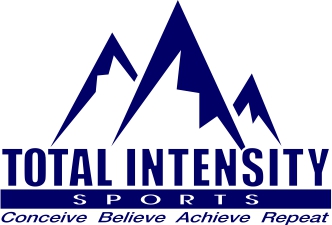
This is the first of a four-part preview to the Wildflower Long Course.
Wildflower has been an iconic event for decades. It is definitely a “must-do” triathlon. A few years ago, as a result of the drought, Race Director Terry Davis and Tri-California were forced to move the swim venue. This change dramatically changed the event and eventually conditions worsened until they were forced to cancel the event entirely in 2017. Thankfully, rain returned and Wildflower is back!! Lake levels are strong and allow the “old course” to be used again. For those of you who have never done Wildflower, this is some good information to have before you head down to Lake San Antonio. Veterans, I welcome your thoughts on additional tips!
Today, here’s an overview of the long course.
Distance: Half-Ironman, 70.3 miles
Location: Lake San Antonio / Bradley, CA (close to the middle of nowhere)
Time of Year: Early May
Race Day: SATURDAY
Website: www.tricalifornia.com and www.wildflowertriathlon.com
Unique Race Aspects:
Accurately described as the Woodstock of Triathlon, Wildflower is a weekend of triathlon events with a long course (half-ironman) and mountain bike sprint held on Saturday and an Olympic distance event on Sunday.
The long course is known for its hills and is not a place to expect a personal best time. Train on the toughest hills you can, as much as possible, in preparation for this race.
If you have never done this race before, it is STRONGLY encouraged that you take time to see and train on the course prior to race weekend. You definitely don’t want to see Nasty Grade or the hills on the run course for the first time on race day. If you try this approach, you will more than likely be humbled.
A large percentage of athletes and their supporters will camp out in the campgrounds within the park. The closest towns are Paso Robles and King City and very few accommodations close to the race venue are available.
There are a limited number of sites with hook-ups for RVs or Campers.
If you camp, don’t skimp on your camping equipment. Make sure you have as many comforts as possible, especially to sleep really well.
If you DON’T camp, you will need to arrive VERY early on race morning – expect traffic into the park and extra time for parking (which is limited).
Spectators will also have to get into the park early – the road into the park (which is the bike course) closes once the race starts.
The weather is very unpredictable. It can be very hot and dry, cold and rainy or anything in between.
For training weekends, you can rent the cabins that are located near the transition area and boat ramp.
The transition area, finish line, packet pick up and expo area is all near the dock at the base of Lynch Hill. There is only a small number of campsites in this area and most are reserved for the professional athletes. Most of the other campsites are at the top of Lynch Hill – a minimum of a mile away, up to three miles away. During the days leading up to Saturday/Sunday, there is limited car access to the bottom of Lynch Hill. On Saturday and Sunday there is NO car access to the bottom of Lynch Hill. The only way up and down Lynch is via the provided bus transportation (which is limited to times when the race is not active) or by walking.
Try to stay off your feet as much as possible before race day. It’s easy to spend huge amounts of time and energy walking and standing. This can be very draining, especially in hot weather.
Race Day Parking
Parking is only in the campgrounds at the top of Lynch Hill. Busses transport athletes and the general public to the swim start.
Wildflower Weather: Unpredictable.
May is typically a month of shifting weather in southern California. For the most part, rain has ended and the temperatures are warming up a bit. Because it is in between Spring/Summer, it’s not as predictable as mid-summer conditions. There could be some colder temperatures (50s?) and rain. There could be really warm (90s?) temperatures and sun. While these “extremes” are possible, it is a little more likely there will be no rain, high temperatures in the upper 70s or low 80s. Winds are not usually a major factor, but they could be on miles 20-35 of the bike.
Next week: Part Two, Swim Course and T1 Preview









